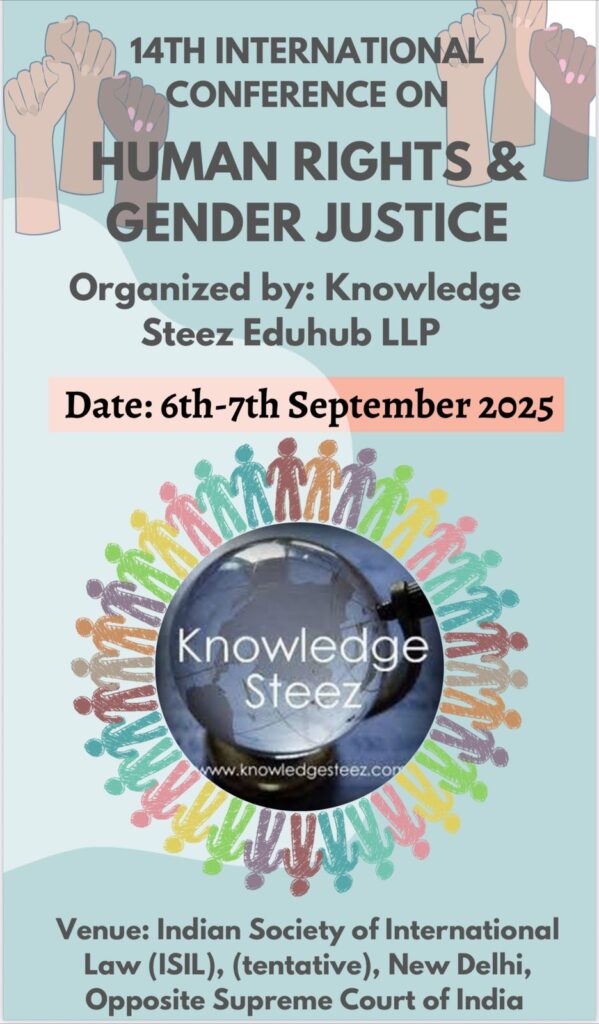Introduction
The mission of India’s criminal justice system is to protect the innocent and punish those who have committed wrongdoing. The primary components of the justice system in criminal cases can be determined from various laws, including the Constitution and judicial rulings, even if they are infrequently codified. By accommodating crimes and criminals in an effective timely, and legal manner, the system of criminal criminal justice system aims public the best feeling of security possible in a democratic, civilized society at large.
The Criminal Justice System of India does not represent a recent development. It has its roots in the past. Each state had its own distinct and diverse system of justice and punishment, and there were various unique ways to deal with criminals. Through the setting up of the courts, the judicial framework controls how the laws are organized.
Indian criminal law’s evolution
Every culture can rely on a certain kind of crime, which has been happening since the initial days of human civilization. Whatever its shape, crime is a social abnormality that must be severely punished for the biased and immoral actions of the offenders to protect society and guarantee peace, justice, and tranquillity.
The criminal justice framework of Indian culture has changed over time in all facets of Socio-economic as well as Political situations, which is relevant to the legal theory of criminal laws in India. We must initially accept Ancient India with all of its conventions, customs, traditions, and beliefs to recognize the same historical change that transformed the Indian criminal system. From the period of the Vedas to the Mughal, Colonial times, and post-colonial administrations that aided in the demographic development of criminal law.
Criminal Law in the Vedic Era
The need to emit evil is stated in Vedic literature from the period, although no judicial system was in place. The punishment for a thief or murderer, according to the Rig-Vedic period, resided with the person who committed the offence, and this kind of behaviour, which governed human affairs, was known as Dharma or law. Since ancient times, the chief of the village has made decisions regarding punishment, including how to punish someone in proportion to the wrongdoing.
Throughout the illustrious past of approximately 5,000 years. India had a thorough inspection statute that considered the historical processes of legalized establishment refinement that occurred during the Hindu and Muslim phases.
Different Smritis, such as the Manu Smriti, demonstrates how crucial it is to punish evil. However, there were no clear differences between civilian and criminal rules in the past; rather, the bounds were determined by the seriousness of the specific offence committed.
Criminal law has historically been seen as the state’s dictatorial attempt to enforce its interpretation of right and evil. As a result, an analytical method does not describe the justification and boundaries of criminal law very well. It questions whether criminal law is moral and appropriate to use as a tool of the state’s authority.
Criminal justice system under the Delhi Sultanate
The separation of civil law from the criminal justice system was not particularly pronounced during the Delhi Sultanate. The Quran, the holy book of Ijma, and the Hadis served as the major sources for the Sharia rules of crimes and penalties, which the sultans utilized to strictly enforce.
The most prestigious criminal and civil court in existence, the justices of the sultan hear both initial and appellate cases. The second phase of the legal system that helps the administration of justice is the court of qazi-i-quzat or the top judge of the empire. When the Islamic populace examines the canon law, Muhtasib, the authority in charge of public morality, serves as both a police officer and a judge. Below that, there were village panchayats, which were authorized by the state to oversee justice by local customs, rituals, traditions, and the population’s religious law. The execution of a person used to be used as punishment for crimes.
The Mughal Empire’s laws on crime
The Mughal Empire began to grow in India in 1526 when the Delhi Sultanate ended. Greater changes were made to the legal system. It considers the Mughal emperors to be a “fountain of justice.”
Although the enforcement of the law was equally determined by a religious text with no uniform and codified law, the division of the judicial system into criminal and civil matters during the Mughal era was quite developed, and there was a systematic grading of the courts at the provincial position in regions, districts, praganahs, and rural areas.
Criminal Law in the Colonial Period
The founding of the East India Company marks the beginning of Colonial India’s legal history. Justice was once administered in a very crude and primitive manner. On the mainland, the Eastern India Company had exclusive authority over civil as well as criminal matters. The highest level of appeal is to the Privy Council for urgent situations. Indian criminal justice system’s objectives, purposes, and methods of operation change with time. The colonial era’s legal system was the same way. The effect of British rule in the nation is the emergence of modern criminal law. The Armillary along with the Mayor’s Court set the way for the establishment of the High Court and a court of the Governor along with the Parliament, and the Nation’s Court.
The colonial empire is notable for the regulating act, the founding of the Supreme Court in Calcutta, and the formation of high courts in several provincial towns, all of which gave rise to the present and contemporary ideas of crime, criminology, and criminal law.
The system of justice in modern India.
The three distinct types of courts are governed by the legal system established by the Indian Constitution. Other laws and regulations govern these courts’ organization, authority, and location despite the Constitution. At the top is the Supreme Court, in the middle are the High Courts, and at the bottom are the lower courts.
The Supreme Court’s functions.
The court in India was established as a result of the Govt. of India Act, of 1935, and it has more judicial authority than even the Supreme Court in terms of its unique appellate and advising power. The Supreme Court of India, headed by Hon’ble Justice Harilal Jekisundas Kania, was established on January 28, 1950, following the adoption of the Indian Constitution on January 26, 1950. This allowed the Indian courts to resume operating.
Under Art 124(1) of the country’s constitution, there must be the supreme court in India, which will be led by an Indian judge and comprise a further seven judges till the parliament establishes a precedent for raising the total number of judges.
The High Court’s function.
The provisions of the Indian High Courts are covered under Articles 214 to 231 of the Indian Constitution. The constitution calls for different supreme courts for different states, however, by the provisions of the 7th Constitutional Modifications Act, a similar high court frequently serves as the court for just one state. There are 25 high courts in the entire country, including 3 common high courts.
High courts’ structure and composition
The Chief Justice of each high court is joined by several judges who are periodically chosen by the president of India. According to Article 217, which deals with appointing judges, every high court judge must first receive approval from the Supreme C.J., who also serves as the state’s governor, before being named by the President of the nation by an order bearing his hand and seal.
The district courts’ function
The Governor of the relevant State consults with the relevant supreme court before hiring, posting, and promoting a District Judge. A person other than District Judges must be appointed to the State’s judicial service by rules established by a governor of state in that regard after consulting with the relevant State Commission on Public Service and the relevant supreme court. Concerning the custody of subordinate courts, such as issues of postings, promotion, vacation, etc., the relevant Supreme Court is given the authority to do so, yet the Supreme Court must exercise that control by the terms and conditions of service outlined in the law that applies to subordinate courts.
India’s 1860 penal code
A commission known as the “Indian Law Commission” was established by the British government in 1833 to examine the authority, authority, and procedures of existing courts. The committee’s reports would outline the findings of its investigations and recommend reforms. The Anglo-Indian Codes were the focus of the law commission’s work from 1834 to 1879, and one of its most significant contributions was the IPC, which was proposed by Macaulay in 1837 and became law in 1860. The law known as the Code of the Criminal Procedure was a significant piece of legislation that was codified.
Conclusion
Protecting society from criminals and lawbreakers is the main goal of codification. To accomplish this, the law threatens potential offenders with penalties to coerce them into receiving the just consequences for their offences. In its broadest definition, cod encompasses the two kinds of substantive code and the procedural (or adjectival) code. Criminal law is administered by procedural law, whereas substantive law defines crimes and specifies consequences for them.
References
- https://byjus.com/free-ias-prep/criminal-justice-system-in-india/#:~:text=The%20Criminal%20Justice%20System%20in,first%20Law%20Commission%20of%20India
- https://blog.ipleaders.in/historical-development-criminal-justice-system/
- https://www.vidhikarya.com/legal-blog/evolution-of-criminal-law-in-india
Author’s name- Rishabh Krishan
Amity University Jharkhand









